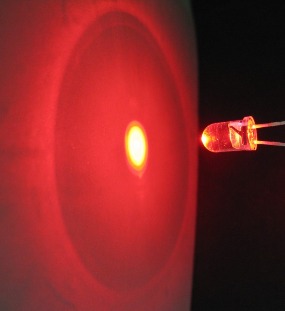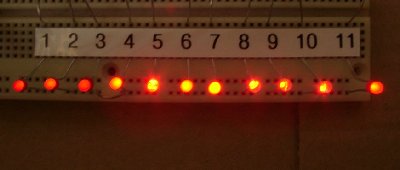OK, I have an amp that has a faceplate that I want to light up with LED's. I need about 15 VDC. My heater circuit has no center tap but uses two 100 ohm resistors to form one. Can someone point me to a voltage doubler circuit that will work with my heater set up without affecting the 6.3VAC for the tubes? Everything is already wired up so I don't want to change over to DC heaters. Thanks!
Dave
Dave






Comment